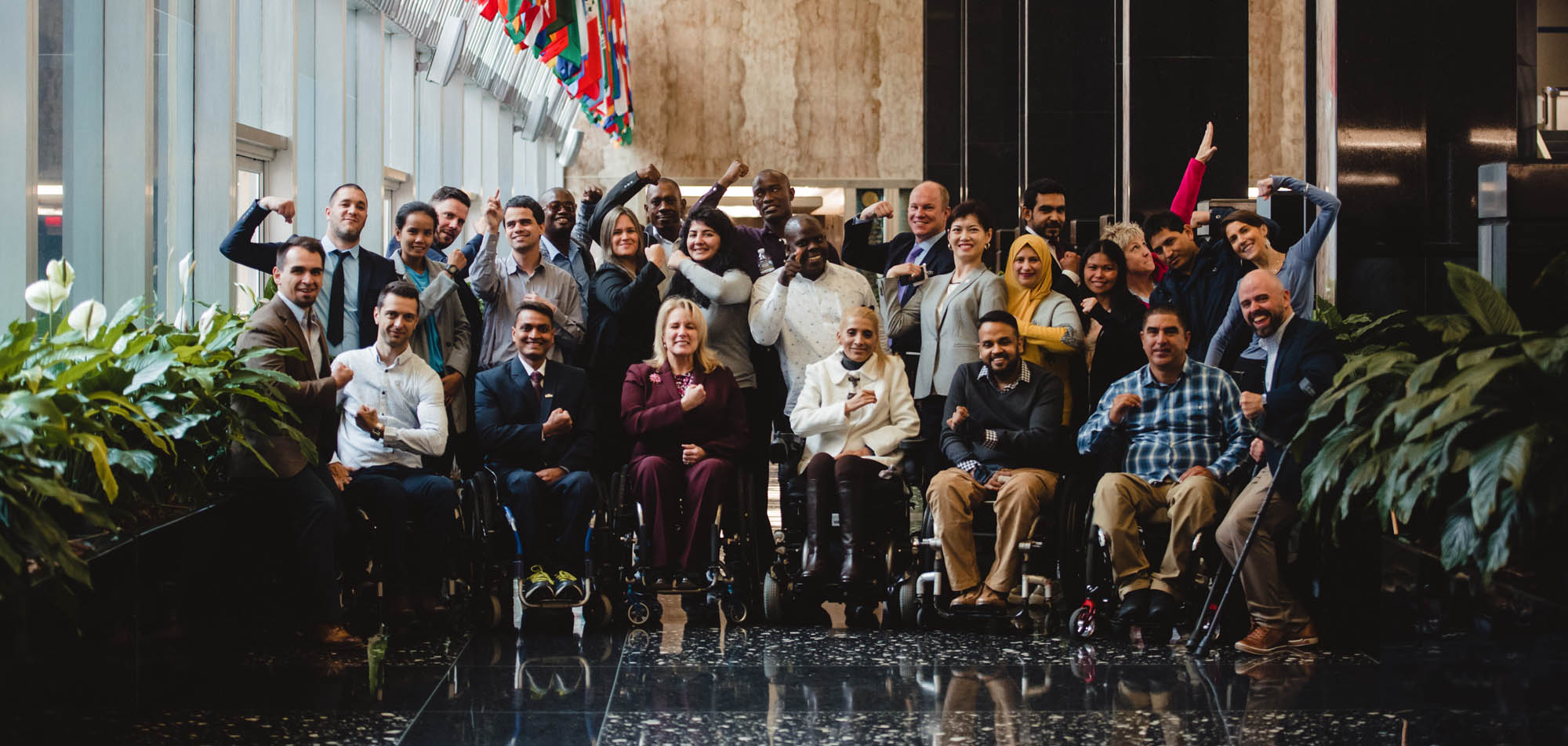
About the Map
One of the greatest challenges participants of Center for Sport, Peace, and Society (CSPS) programs cite is the need for a greater understanding of the international, regional, and national laws and policies designed to protect people with disabilities. Alumni express a pressing need to know what laws exist in their respective countries, as well as within their geographical regions, for the purposes of connecting prudent information directly to their efforts to create more inclusive grassroots and elite sports initiatives. It is out of this need that the idea for creating this one-of-a-kind interactive global map was born.
The primary purpose of this map is to educate audiences on the disability rights policies that exist globally and sport for development initiatives designed to empower people with disabilities in countries around the world. We hope that by presenting information from a variety of sectors citizens from every nation will gain a greater understanding of the intersection between sport + policy for people with disabilities. Ultimately, we desire for this map to serve as a tool that provides important information that can be used to advocate for inclusion and equitable rights for persons with disabilities, especially within the sport sector.
It’s a team effort to ensure everyone has equal rights and access to resources, and we want you on our team!! If you have updated information that is not reflected on this map, click the button at the bottom of the page to submit new information. We took the first step, but we need your help to ensure the map is updated and accurate!
10 Key Learnings
Over 90% of countries we researched have national laws and policies protecting people with disabilities and prohibiting discrimination.
Discriminatory laws and policies continue to exist in some countries throughout the world. However, this constitutes less than 10% of countries we researched.
- Though many countries have policies to protect people with disabilities, we could not identify a specific government entity in 14% of the countries we researched that enforces these policies or laws.
Data around the status of people with disabilities is often included as a subsection of other topics or demographics (children, women, poverty, etc.).
Organizations like the UN, World Bank, and others are monitoring progress towards the 2030 Sustainable Development Goals (in which people with disabilities are included), but no international agency, organization, or advocacy group appears to be systematically monitoring the enforcement of laws and policies protecting people with disabilities within all countries.
All but one country we researched has signed and/or ratified the United Nations’ Convention on the Rights of People with Disabilities (CRPD). Kosovo is not currently recognized by the UN as an independent nation and thus not eligible to sign a UN convention.
30% of countries we researched have not signed or ratified the Optional Protocol to the CRPD, a mechanism through which individuals and organizations can report violations. Complaints on CRPD violations are accepted only from countries who have signed the Optional Protocol.
It was relatively easy to find total population data for a given country. Conversely, it was challenging to find the number or percentage of people with a disability for each country. Specifically, we could not find up-to-date data (within the last 10 years) on the number of people with a disability for 34% of the countries we researched.
While it was easy to find the total number of Paralympic and Special Olympic athletes from the previous two Games, it was challenging to identify the distribution of male and female athletes from each country. This breakdown is not always included for each country on the IPC or Special Olympics website. The Deaflympics does include this information for each country on their website.
CSPS alumni from 49 countries are actively working at the grassroots, elite athlete, and government level to create opportunities for people with disabilities to reach their full potential.